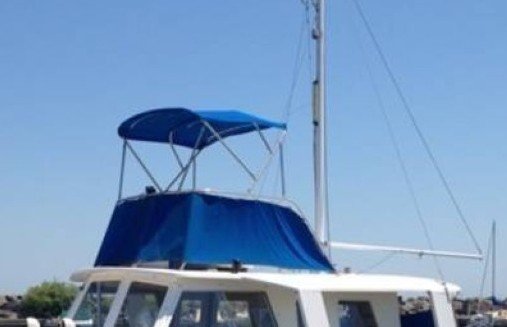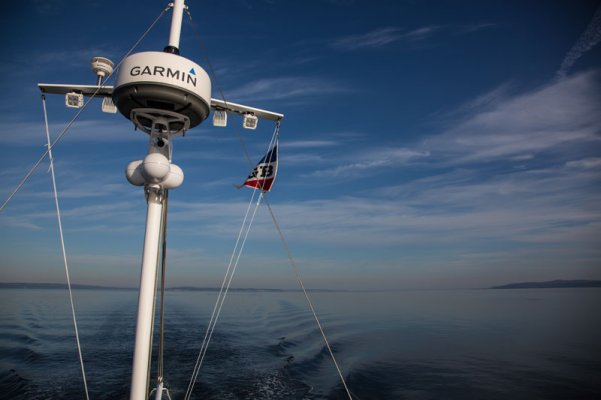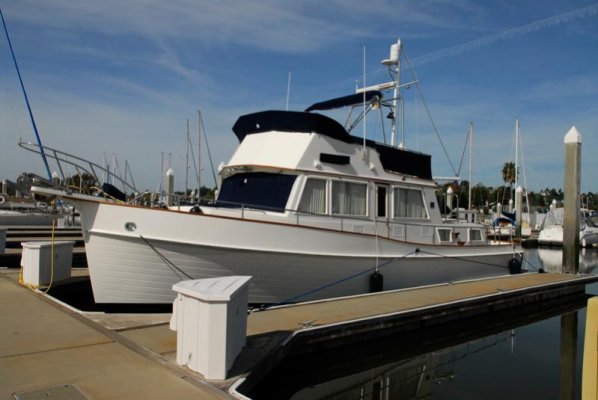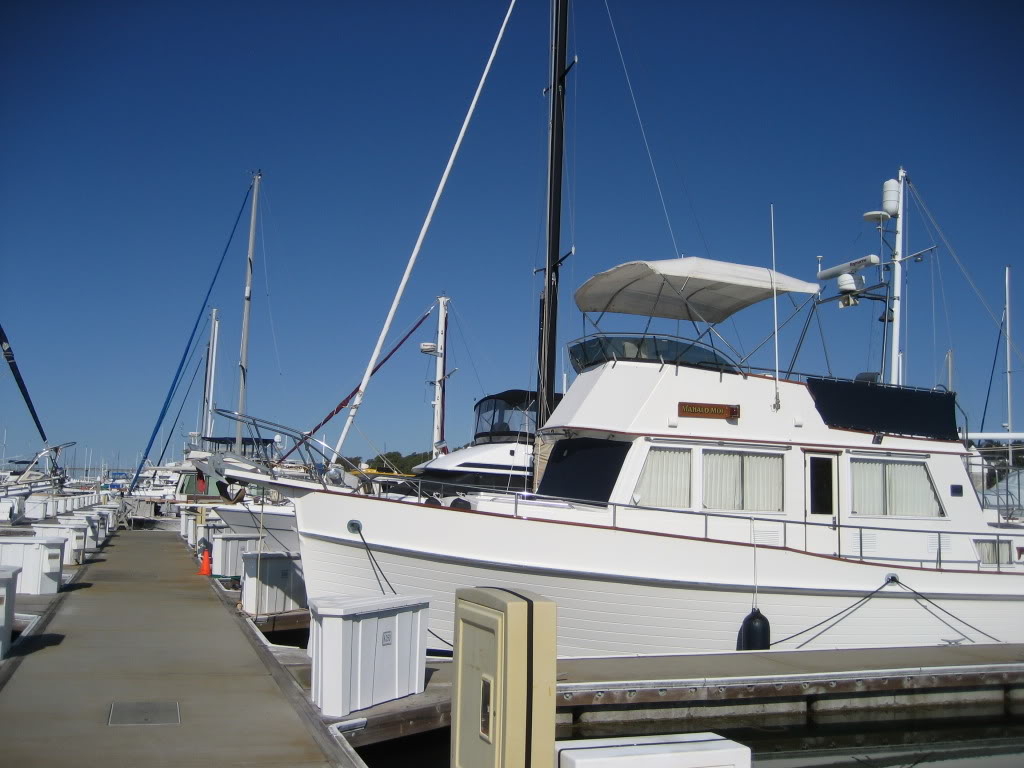BP, thanks for the reference.
Ron: the site is here:
Navigation Equipment (continued) - Transport Canada
and the relevant part is this:
Radar reflectors are required for vessels less than 20 metres long, and for all non-metal vessels. Locate reflectors above all superstructure – at least 4 metres above the water if possible.
I don't have the reference, but for the CEs that I do in Vancouver Harbour, the additional requirement is that, since the location is "busy", the reflector must be mounted at all times.
I have had occasional discussions with boaters who deploy a Davis style reflector inside the flybridge, ie ahead of the wheel, and claim they get a good signature.
Personally, I hang a very effective RR from my spreader, just below the Radar Scanner. I have had reports of an excellent signature. I wouldn't be without it.
Those cylindrical reflectors with a 3 or 4" diameter were rated by Practical Sailor a number of yrs ago as giving a good signature. They can be mounted standing up on any surface, so there would be no boat design where you couldn't find a spot to mount one.






